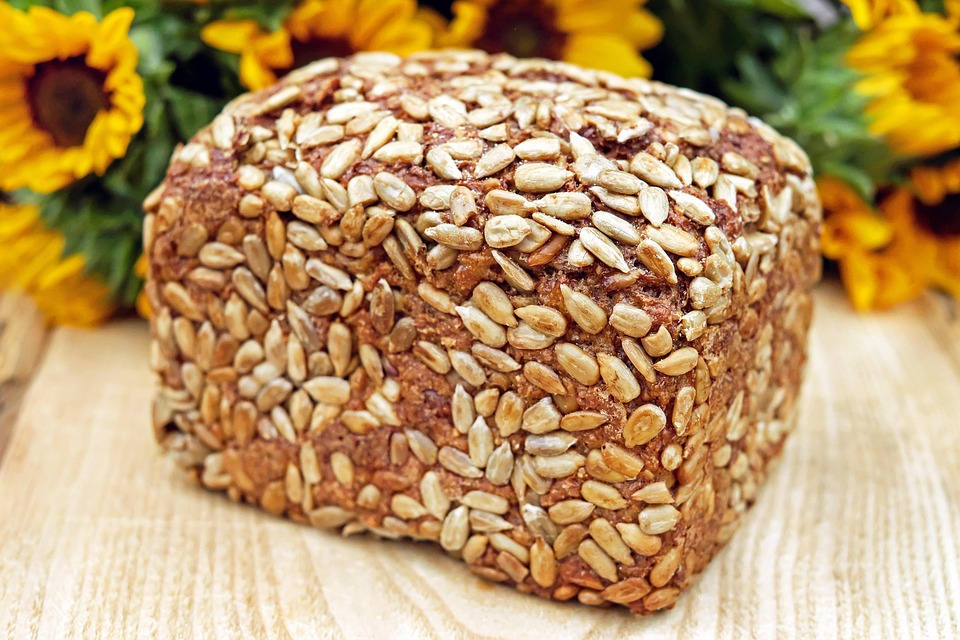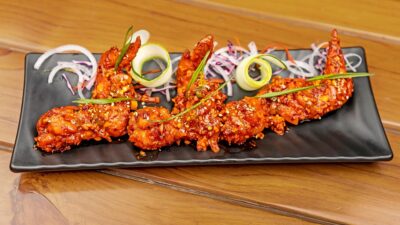Food is more than just sustenance; it’s intertwined with memories, culture, and emotions. In the age of social media, food photography has blossomed into an art form that extends far beyond documentation. It has the power to evoke feelings, connect people, and tell stories. This article delves into how food photography can become a conduit for emotional experiences, creating an “emotional plate” that resonates with viewers.
The Power of Visuals
Visual storytelling is an innate human experience. From cave paintings to modern cinema, visuals have the unique ability to trigger emotions and memories. Food photography, when done skillfully, taps into this innate connection. A well-captured image of a steaming bowl of ramen can evoke nostalgia for a childhood dinner, while the sight of a slice of cake can remind one of celebrations and joy.
The Role of Composition
Composition is the backbone of any successful photograph. When it comes to food photography, how the dish is framed can greatly influence emotional responses.
-
Color Palette: Colors evoke feelings. Warm tones like reds and oranges can create a sense of comfort and warmth, while cool tones might evoke freshness or sophistication. Constructing a palette that reflects the emotional undertone of the dish can transform a simple photo into a compelling narrative.
-
Textures and Details: Close-ups that emphasize textures—like the delicate crunch of a cookie or the creaminess of a sauce—invite viewers to imagine the taste and experience. Capturing the essence of a dish through its texture can elicit cravings and fond memories tied to those sensations.
- Lighting: Natural light can exude warmth and intimacy, making food feel inviting and homey. Conversely, dramatic shadows can evoke a sense of mystery or sophistication. The choice of lighting can significantly alter the mood of the photograph, guiding the viewer’s emotional response.
Storytelling Through Food
Every dish has a story. Whether it’s a family recipe passed down through generations or a fusion of flavors symbolizing cultural integration, food photography can tell these stories visually. Including elements that hint at the dish’s background—like traditional utensils, handmade tableware, or accompanying ingredients—adds depth to the narrative.
Capturing candid moments, like a shared meal or the joyful hands of a cook crafting a dish, can make the viewer feel part of the experience. These snapshots of life turn food photography from mere images into emotional vignettes that resonate deeply.
The Cultural Connection
Food is a universal language, capable of bridging cultural divides. Photography that highlights traditional foods, unique ingredients, and cooking methods can foster understanding and appreciation for different cultures. The emotional impact of such photographs lies in their ability to spark curiosity and respect for diverse culinary traditions, prompting viewers to explore new flavors and experiences.
Evoking Memories
Food has the unique ability to transport us back in time. The smell of fresh bread can lead one to remember childhood afternoons in a grandmother’s kitchen. A well-composed photo of such items not only showcases the food but also invokes a flood of memories.
Creators can capitalize on this nostalgia by selecting dishes that carry personal significance or cultural value. A plate of spaghetti might remind someone of family gatherings, while a bowl of pho could evoke memories of travel and discovery.
Community and Connection
In a world that often feels divided, food can be a unifier. Images of communal eating, shared dishes, and collaboration in the kitchen foster a sense of togetherness and belonging. Food photography that captures these moments can provoke emotions ranging from joy to comfort, emphasizing the role of food as a means of connection.
Conclusion
In the realm of food photography, the emotional plate is a powerful concept that intertwines art, culture, and personal experience. Through thoughtful composition, storytelling, and an understanding of emotional triggers, photographers have the ability to create images that transcend the mere visual representation of food. By evoking feelings and memories, food photography becomes more than just an aesthetic—it transforms into an emotional experience that resonates with viewers, making every image an invitation to savor the flavors of life.



